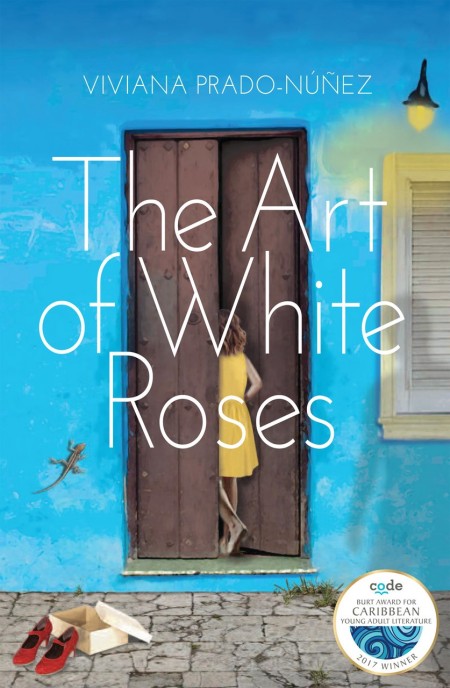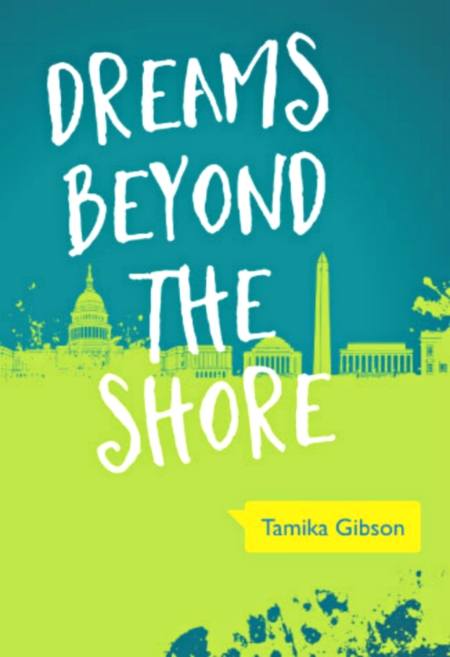by Shivanee Ramlochan, Paper Based Blogger

Blue Banyan Books, 2018.
“In Trinidad, the dead are cursed. Nobody remember you after a week. Even if they mangle your body and stuff it in a hole, everybody would just nod their head and say, We hafta trust in God’s plan. I was done with that. I seen it already. I went through it myself.”
You don’t need to convince Rune Mathura, the teenage protagonist of The Beast of Kukuyo, that life is unfair. Though she’s had her fair share of hard knocks, Rune, a resident of rural Kukuyo village in the early 1990s, is as surprised as anyone else when her classmate Dumpling Heera is the victim of a brutal murder. Rune tries to hone the detective smarts she’s picked up in her regularly scheduled viewings of Murder, She Wrote: she’d like to solve the case of who took Dumpling down with such crude violence.
A 2017 CODE Burt Award for Caribbean Young Adult Literature finalist, this novel by Kevin Jared Hosein brings gritty, uncompromising realism to the coming of age genre in YA fiction. There aren’t princes or deus ex machina subplots here: Rune often fends for herself in this swift-paced, unsparing narrative of seedy rumshops; a menacing Doberman named Mangeshkar the Castrator; cockfights in close quarters; the Kangal boys and their appetite for viciousness. You might ask: is this world too dark a setting for a capable young adult tale? The answer is that Hosein never shies away from darkness in his tellings, and his stories are the better for it, for readers of all ages.
Human intimacy and tenderness are on full display in this brutal landscape: witness Rune’s guarded concern for her alcoholic brother Nick, or the gentle sternness with which their grandfather Sam strives to raise them. Rune’s relationship with her best friend, the stoic and even-tempered Tiki, is one of the novel’s best interpersonal character developments: it’s a tribute to the complexity and subtlety of emotional bonds forged between young people, even amid significant trauma and terror.
How we wrangle with our own beast, and whether or not we succumb to the monstrous within us: this is one of the central motivations of Hosein’s grave, gripping tale.



